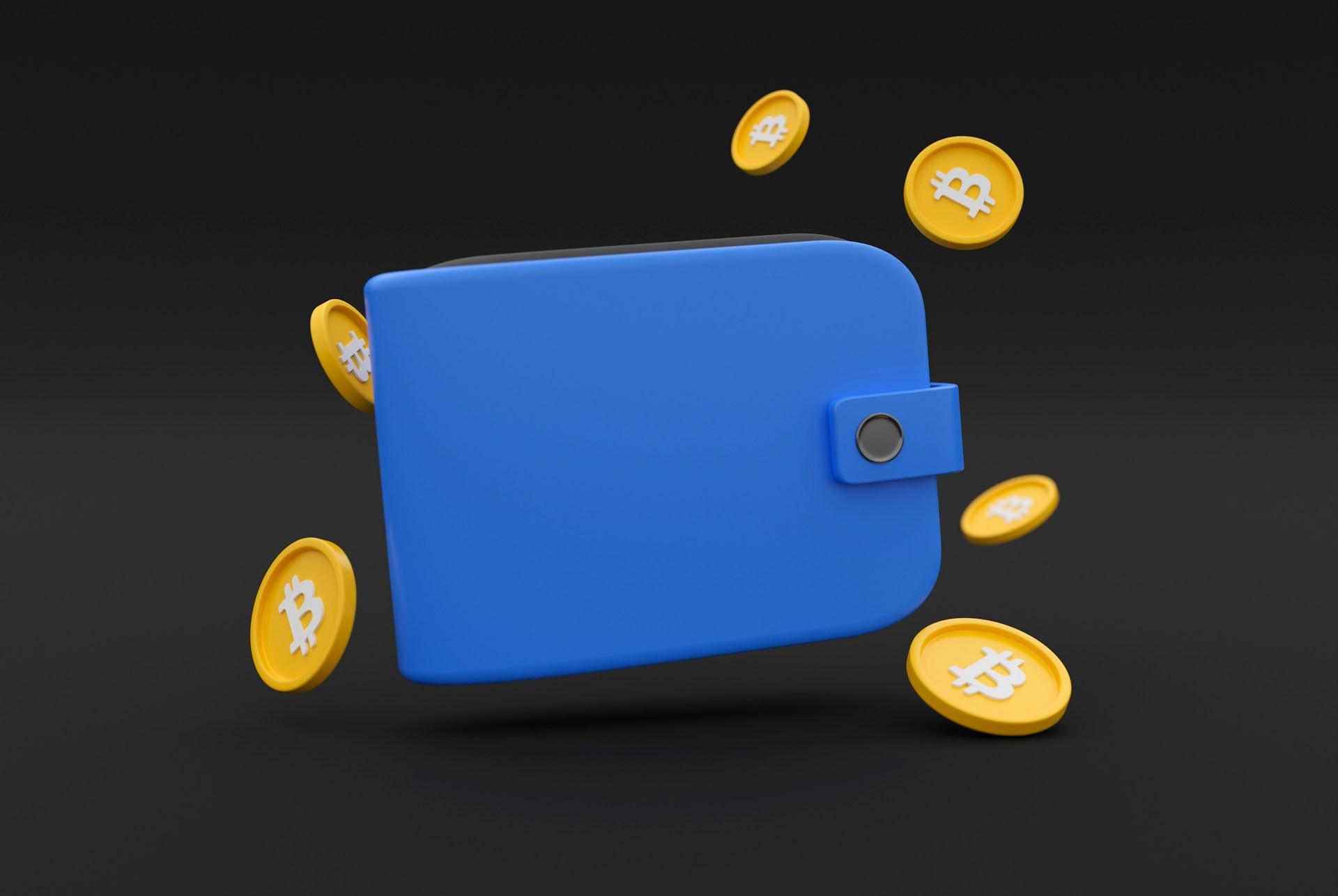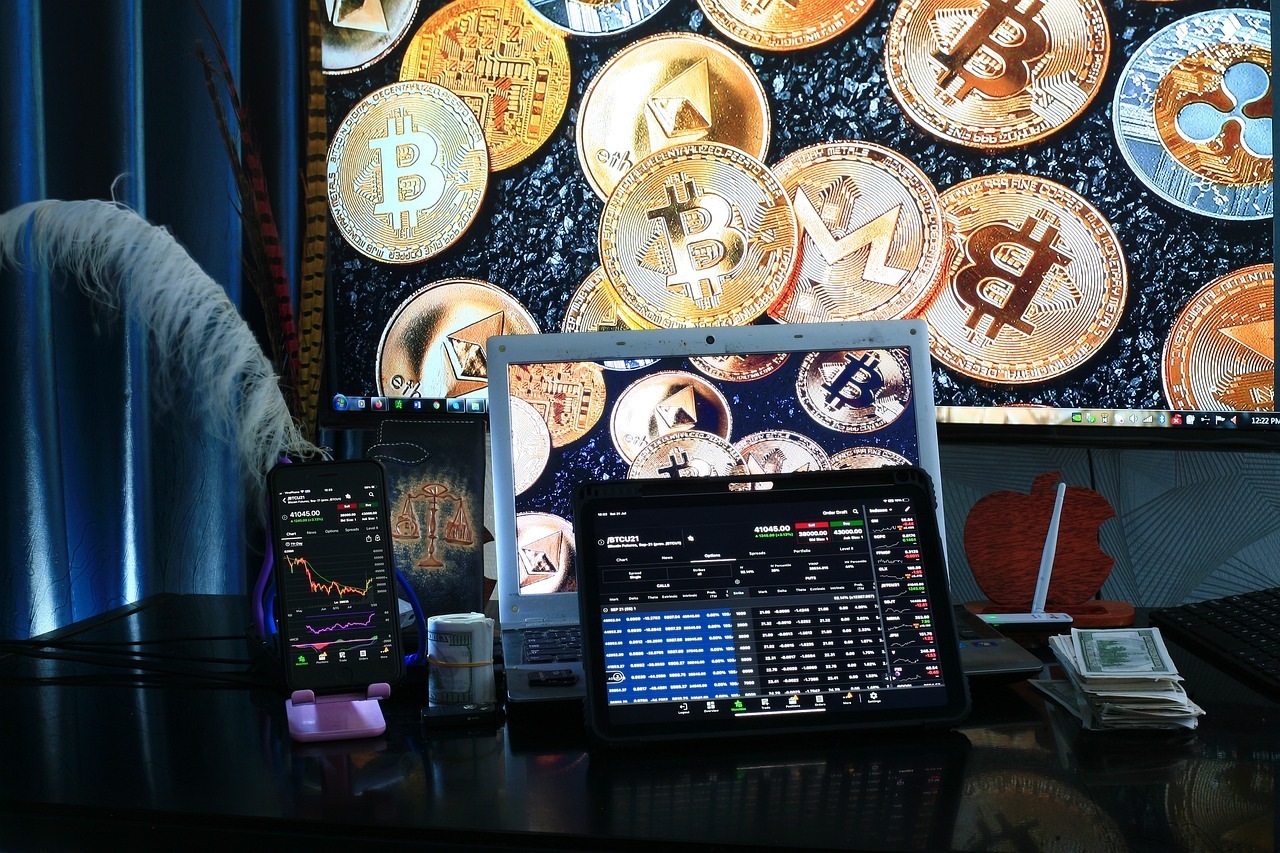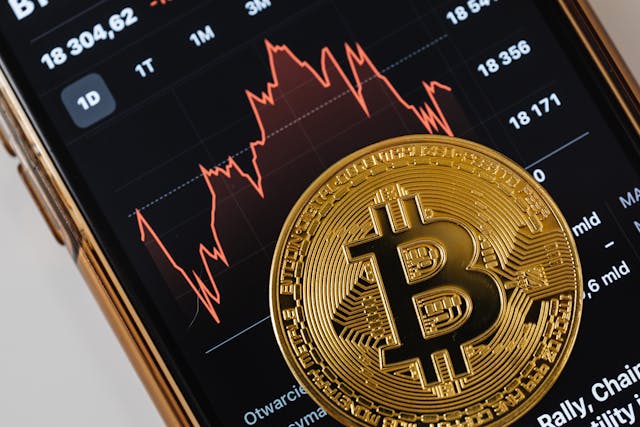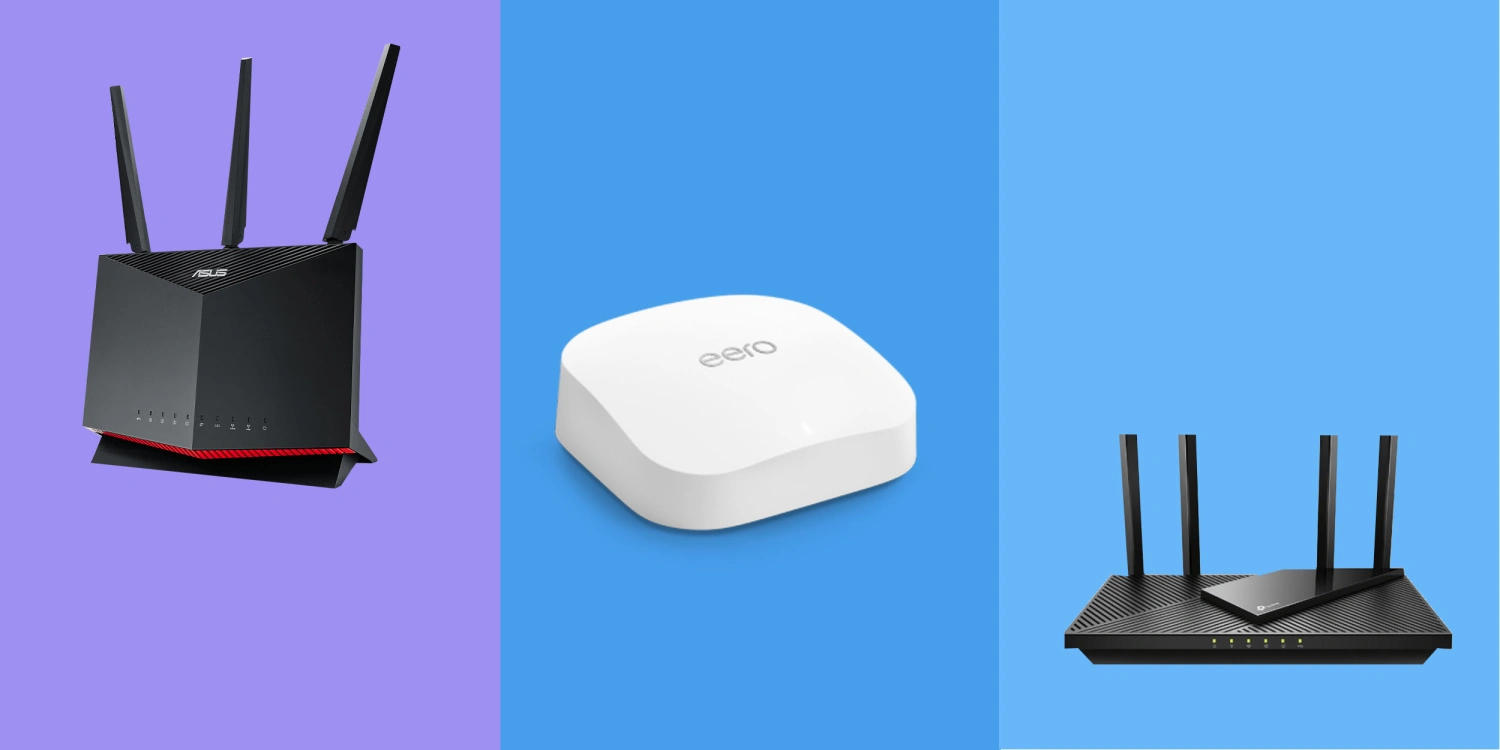
Protect Your Crypto Assets! Here’s How to Set Up an Unhackable Wallet
When it comes to protecting your cryptocurrency, the old saying holds true: “Not your keys, not your crypto.” With the increasing value of digital currencies, keeping your crypto assets secure is more important than ever. As someone who’s been deep in the crypto space for years, I’ve seen all too many stories of people losing their entire portfolios to hacks or scams. But here’s the good news: securing your crypto doesn’t have to be complicated.
In this guide, I’ll walk you through everything you need to know about setting up an unhackable wallet. From understanding different wallet types to using the best security practices, you’ll learn how to keep your digital assets safe from hackers.
Understanding Different Types of Crypto Wallets
Hot Wallets vs. Cold Wallets
First, let’s get familiar with the basics. Crypto wallets come in two main varieties: hot wallets and cold wallets.
– Hot wallets are connected to the internet. These are the wallets you access via apps, desktop software, or exchanges. They’re convenient because you can quickly send and receive crypto. However, the downside is that they’re more vulnerable to hacking since they’re always online.
– Cold wallets are offline storage methods like hardware wallets or paper wallets. Since they’re disconnected from the internet, they’re much harder for hackers to access. These are generally considered the safest way to store large amounts of crypto.
Pro Tip: If you’re serious about securing your crypto, store the bulk of your holdings in a cold wallet and only keep what you need for day-to-day transactions in a hot wallet.
Setting Up a Hardware Wallet for Maximum Security
What is a Hardware Wallet?
A hardware wallet is one of the best options for securely storing your cryptocurrency. Think of it like a USB stick that holds your private keys offline. Since it’s never connected to the internet, your private keys can’t be hacked. Popular options include Ledger Nano S, Ledger Nano X, and Trezor.
I personally use a Ledger Nano X, and while it may seem intimidating at first, it’s pretty straightforward to set up. Once you get it running, you can sleep easier knowing your assets are far less vulnerable than if they were sitting on an exchange.
Step-by-Step Guide to Setting Up a Hardware Wallet
1. Purchase a reputable hardware wallet: Make sure you buy directly from the manufacturer (e.g., Ledger or Trezor) or an authorized seller. This prevents you from getting a tampered device.
2. Initialize the wallet: When you first set up your hardware wallet, you’ll be prompted to create a PIN. Choose a strong, secure PIN.
3. Create and store your seed phrase: This is probably the most important part. Your wallet will generate a seed phrase, typically 12-24 words long, that acts as a backup. Write this phrase down on paper, not digitally, and store it somewhere safe. If you lose your wallet, this seed phrase is the only way to recover your funds.
4. Secure your seed phrase: Store your written-down seed phrase in a fireproof safe, or even consider splitting it between two secure locations. Never store it online or in cloud services.
Pro Tip: Don’t be fooled by scams asking you to enter your seed phrase online—never share your seed phrase with anyone. If someone gets access to it, they control your funds.
Additional Security Measures for Wallet Protection
Setting up a hardware wallet is a great start, but there are additional steps you can take to ensure your crypto assets stay safe.
Enable Two-Factor Authentication (2FA)
If you’re using any online services related to your crypto, like exchanges or wallet apps, enable two-factor authentication (2FA). This adds an extra layer of security beyond just your password.
– I recommend using an authenticator app (like Google Authenticator or Authy) rather than SMS-based 2FA. Why? SIM-swapping attacks are becoming more common, where hackers can gain access to your phone number and bypass SMS 2FA.
Use Strong, Unique Passwords
This one seems obvious, but I’ve seen many people use weak or repeated passwords across multiple platforms. Use strong, unique passwords for your wallet and any associated accounts. You don’t want a breach on one site to compromise your entire crypto portfolio.
Pro Tip: Use a password manager like LastPass or Bitwarden to generate and store your passwords securely. I rely on my password manager to handle this for me, and it’s been a game changer.
Backup and Recovery: Preparing for the Unexpected
Importance of Backing Up Your Wallet
Let’s face it, hardware can fail. That’s why it’s crucial to have a reliable backup plan for your wallet. Your seed phrase is your lifeline here. Make sure it’s backed up in at least two secure locations. This way, if your wallet is lost, stolen, or damaged, you can recover your funds.
Best Practices for Storing Your Seed Phrase
Consider using a fireproof safe or even a safety deposit box to store your seed phrase. I know it seems extreme, but when your entire crypto wealth is at stake, it’s worth going the extra mile. Avoid storing it digitally (on your phone, computer, or cloud services) as these can be hacked.
Avoiding Common Security Mistakes
Beware of Phishing Scams
Phishing attacks are one of the most common ways people lose their crypto. Hackers create fake websites, emails, or messages that look legitimate but are designed to steal your information. Always be cautious when clicking on links or emails related to your wallet or crypto accounts.
Pro Tip: Bookmark the official websites of exchanges or wallet services you use, and always navigate directly from those bookmarks, not from random links or email messages.
Avoid Storing Large Amounts on Exchanges
While exchanges are necessary for trading, they’re not ideal for long-term storage. Why? Exchanges are popular targets for hackers. Even the most reputable exchanges have been hacked, leading to massive losses for users.
Pro Tip: After you buy or trade crypto in exchange, move the bulk of your holdings to your hardware wallet. Keep only what you need for active trading on the exchange.
Keeping Your Software and Devices Secure
Regularly Update Wallet Software
Wallet software updates often contain important security patches. Always make sure you’re using the latest version of the firmware for your hardware wallet and any associated apps.
Protect Your Devices from Malware
Your computer or phone can be the weakest link in your security setup. Ensure your devices are protected with antivirus software and avoid downloading suspicious files or visiting questionable websites. A compromised device can put your wallet at risk.
Conclusion
Setting up an unhackable crypto wallet is all about choosing the right tools and being vigilant about security. By using a hardware wallet, enabling 2FA, securing your seed phrase, and following the tips in this guide, you can dramatically reduce the risk of losing your crypto assets to hackers.
In the fast-moving world of cryptocurrency, staying one step ahead is crucial. Make sure to review your security setup and regularly adapt it as needed. Your crypto is worth protecting—take these steps today to ensure it stays safe.
Ready to level up your crypto security? Start by choosing a hardware wallet and storing your seed phrase safely!







